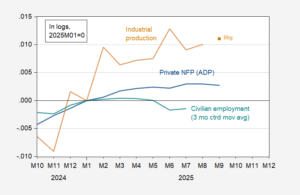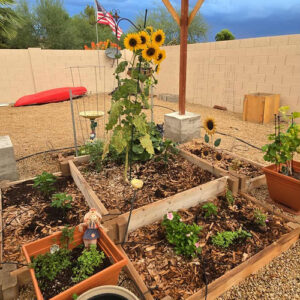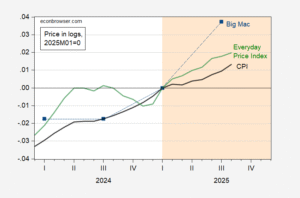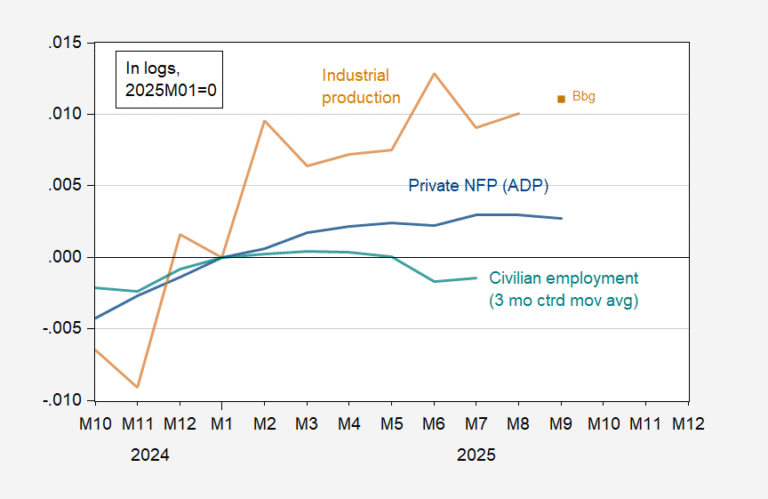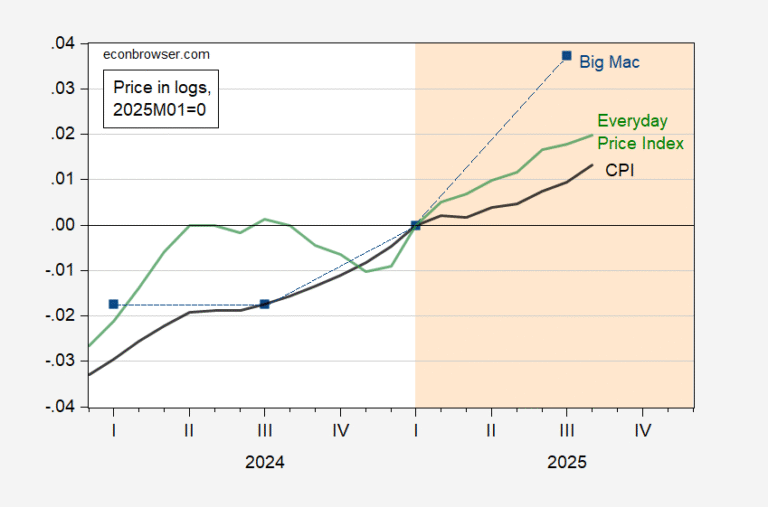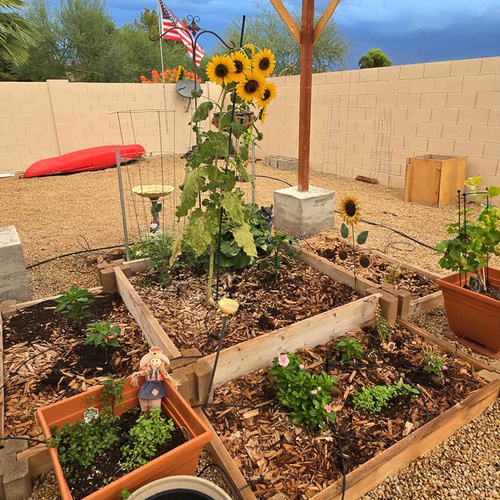Yves here. The article below looks at researchers who are taking a “lessons learned” approach to cancer, as in focusing on patients who markedly beat the odds, either in surviving cancer or not getting it at all. We have some readers known to be beating the odds on cancer, such as Tom Stone and Henry Moon Pie, and we hope there are others. Even so, combatting cancer is an ordeal, with the major treatments, chemo, radiation therapy and surgery, all debilitating while underway. And many survivors have to take immuno-suppressive drugs which are costly and pose their own risks.
Being thin and not drinking help keep cancer at bay….although how far it is reasonable to go with personal austerity is an open question. Note that studies that find that lower BMI and fat levels are not positively correlated with lower all factor mortality are sus. It turns out that for women, lower BMI is correlated with higher respiratory disease rates. Why? The obvious reason: the skinnier women on average are or were smokers. Similarly, a severe illness (as in being bedridden) will lead to loss of muscle mass, which many older people never get back. Being feeble is a big negative for longevity, since it both increases fall risk and generally makes it hard to live independently. Being in a nursing home is not great for longevity either.
By Frieda Klotz, a journalist based in Brussels, and a senior contributor to Undark. She covers culture, health, and reproductive medicine. Her writing has appeared in the Guardian, Irish Times, Al Jazeera America, Mosaic Science, and other outlets. Originally published at Undark
The stomach pains had persisted for a couple of months when Yann Bizien, a business developer in the software industry who was 35 at the time, finally ended up in the emergency room at a hospital in Versailles, France. He had already seen his family doctor who prescribed antacid medication. But the true diagnosis, when it came, was devastating: Pancreatic cancer, which had spread to his liver. Bizien, a married father of a young child who exercised regularly and did not smoke, realized that if the disease followed its normal course, he would have just months to live.
That was in 2017. Bizien embarked on the standard treatment for pancreatic cancer — a grueling regimen of chemotherapy over a six-month period. He responded extremely well. “I was like, in a warrior mode. Like, ‘Okay, I’m going to go for the treatments,’” he told Undark, speaking from his home outside Paris. “And even if I have one chance, I take my chance.”
It hasn’t been an easy path — the cancer returned in 2021, necessitating further treatment and surgery — but with most stage-four pancreatic cancer patients dying within a year of diagnosis, and just 1 percent living longer than five years, Bizien is a member of an infinitesimally small group of survivors, and hopes his experience could inform future treatments.
Bizien provided tissue samples and clinical data for the Rosalind study, named after the scientist Rosalind Franklin who died of ovarian cancer at the age of 37. The project, which is funded by a private biotech company called Cure51 and assesses participants over a 24-month period, looks at those rare patients who live beyond the timespan expected for aggressive cancers that have high mortality rates and have seen few treatment advances in recent years, explained Thankamma Ajithkumar, a consultant clinical oncologist at Addenbrooke’s Hospital in Cambridge, who is leading the trial in the U.K. (Bizien began a job as Cure51’s patients’ committee manager in November 2024, after he got involved in the study.)
“In any practice, we are always very keen to learn from our failures. That’s our human nature,” said Ajithkumar. “But we seldom go back and look at the successes. Particularly the successes that are unintentional.”
Historically, cancer research has probed the drivers of the disease’s evolution. But some scientists, like Ajithkumar, are widening their scope to study patients who survive against the odds. Other researchers are exploring cancer avoidance in individuals who are high risk yet never develop cancer, or in unusually long-lived animals that have developed mechanisms to counteract cancer naturally. And an international funding group called Cancer Grand Challenges is offering up to $25 million to researchers studying cancer resistance, with shortlist finalists expected to be announced next month.
“In a world where prevention is becoming even more important, exploring why people don’t get cancer as well as why they do, could give us a greater understanding of cancer initiation, and could potentially lead to new ways to think about cancer prevention,” wrote Karen Vousden, a researcher at the Francis Crick Institute in London who also sits on the scientific board for Cancer Grand Challenges, in an email to Undark.
“We’re not the first to ask the question in this way but it’s typically not studied as frequently as why do people develop the disease,” she noted.
This marks a shift in the world of cancer research, which has largely focused on discovering treatments rather than on prevention and control, said Stacy Wentworth, a radiation oncologist who writes the newsletter “Cancer Culture.” Why some people do better than others with treatment, or never get cancer despite an apparent high risk, often goes unexplained. If a patient asks her, “My grandmother smoked three packs a day and ate bacon and fried eggs every day of her life, and lived until she was 95. Why does that happen?’” Wentworth said, “Medicine doesn’t have a good answer for that.”
For years< scientists have known that some mammals exhibit a surprising ability to avoid cancer. In recent decades, researchers have tried to figure out why — and how humans could benefit by adapting those mechanisms. Vera Gorbunova, a biology professor at the University of Rochester, started to study the comparative biology of aging in the 2000s, publishing a paper that probed longevity and aging to explore why certain animal species may be more likely to develop cancers than others. “Many people didn’t take us seriously in the beginning,” she said. “But right now, it has changed dramatically.” Major funding agencies “now want to fund big initiatives to study cancer resistance,” she added, such as the Grand Challenges funding call, for which her group has applied.
Gorbunova has continued her focus on animals, and thinks certain creatures, such as bats, may hold some keys to developing novel cancer therapies in humans: Some bats live 30 or 40 years without developing cancer, she said. “There are some reports of tumors, but these are very rare.”
In one recent study, Gorbunova and colleagues studied the wings of four of the longest-living bat species. The scientists found that the bats had high activity levels of P53, a tumor-suppressing protein, which they posited could help them resist cancer, as well as unique immune activity.
Gorbunova has also studied naked mole rats, blind mole rats, and whales, all of which have particularly long lives. No single mechanism enables cancer avoidance, she said — different animals fend off the disease in different ways — but all offer potential avenues for new cancer treatments in humans: “What we are trying to do is to study all, you know, diverse clades of animals to understand all these strategies because this is not always the same strategy.” Naked mole rats, for instance, excrete a goo called hyaluronic acid, which helps slow the growth of cancer cells and is often used in cosmetics. In that case, application in humans is already in sight. “It is a long path until clinical approval of a drug, but we expect to at least have some early-stage trials,” of the substance in cancer care in the next few years, she told Undark.
While some researchers like Gorbunova continue to analyze animal models, others are focusing on humans to tease out another complex question: Why do patients in their 80s and 90s have lower rates of cancer, even though cancer is associated with aging?
Clinicians agree that, generally, cancer is a disease of advancing years, occurring most frequently when people are in their 50s, 60s, 70s, and early 80s. That is when “the host tissue becomes more hospitable for cancer development,” said Tuomas Tammela, a cancer biologist at Memorial Sloan Kettering Cancer Center in New York. Most cancers arise in cells that can quickly regenerate, Tammela told Undark. When lesions occur in younger people, they typically simmer for a few decades before erupting as a cancer in the age-range of 55 to early 80s. But once people are in their 80s, the number of new cases falls.
Tammela suggested mutations that begin when people are already elderly are less likely to evolve to become cancerous because people in their ninth decade have fewer self-renewing cells that foster tumor growth.
In a recent paper that examined lung tissue from young and elderly mice, both with and without cancer, and did the same in humans, Tammela and colleagues found that tumors were less likely to develop in older mice and people. For Tammela, a key message of his study was how important cancer prevention early in life should be. “It’s more of like a fertile soil for the tumor to take hold, for the mutations to be productive, when we are young, whereas later in life, you know, we might be a bit more cancer resistant.”
The idea that genetic mutations could cause cancer emerged in the mid-20th century. Three years ago, researchers at Albert Einstein College of Medicine published a paper suggesting that some people might be better able to repair this damage than others. Jan Vijg, a professor and chair of genetics at the school, and one of the paper’s authors, says that makes sense because only a fraction of smokers end up with lung cancer.
The team brushed the airways of 33 individuals between the ages of 11 and 86, then sequenced the genomes of the cells in search of mutations. Fourteen of the participants had never smoked and 19 were smokers. After about 23 smoking-pack years (a measure based on the idea of smoking one pack a day for a year), the rate of mutation stalled and then remained constant, suggesting that some people might be better able to repair the harm wrought by cigarettes than others.
Simon Spivack, one of Vijg’s collaborators and professor of medicine at Albert Einstein College of Medicine, noted that the study’s sample size was small, only including about seven heavy smokers, and that he and his colleagues need to explore the issue further to ensure the finding wasn’t just a fluke. And heavy smoking is still harmful. In fact, Vijg said, despite slower mutations, the heavy smokers all eventually developed cancer — it just took until old age.
While some cancers, like breast cancer, have seen significant progress in the number of therapies available, practitioners acknowledge that the treatment for others has stalled. The chemotherapy regimen that Bizien, the French business-developer, underwent was similar to therapy patients would have received three decades ago, he told Undark. The impact on his health was so severe, and the results at first so ambiguous, that his doctors asked whether he wanted to continue or abandon treatment. He thought it was worth persisting.
Bizien tried to join a clinical trial to test an experimental drug but did not meet the criteria. There were no treatment breakthroughs, “never a message of hope, nothing new, nothing interesting,” he said. “So it was very hard.”
After surgery and more rounds of chemo, Bizien was declared in remission in 2022. When his oncologist suggested that he participate in the Rosalind study — which would analyze clinical data and tumor tissue samples between long-term survivors and similar individuals who died — Bizien was keen to help others who might find themselves the same situation in the future.
The project aims to understand the genetic makeup of survivors of fast-moving cancers, with a focus on three aggressive forms — pancreatic cancer, metastatic small cell lung cancer, and a rare brain cancer called glioblastoma IDH wild type. The study focuses on those in part because of its founder’s personal experience. Nicolas Wolikow, the CEO and co-founder of Cure51, the biotechnology company underwriting the study, lost his mother to small cell lung cancer three years ago and his father currently has blood cancer, he told Undark.
Participants fall into cohorts of those who appeared to recover after a single treatment, those who required multiple interventions, and those who did not make it. For Bizien, participation was relatively easy; he gave the hospital permission to use his tumor samples and data.
By establishing a database of the biology of patients who have survived aggressive cancers, the study’s leaders hope their research will develop targets for treatment, and help refine the therapies available so that they are less toxic. According to Wolikow, so far, more than 10 targets have been identified, but he said he isn’t ready to share them with media.
Once the databank for these three cancers is in place, they will move to another set of highly invasive cancers. “We started with the three most aggressive, but unfortunately, there’s a lot of very aggressive cancers — ovarian, stomach, bladder, triple-negative breast, a lot, a lot, unfortunately,” Wolikow said.
Wentworth, the radiation oncologist, described the approach as innovative but questioned the project’s timeframe. She pointed to a couple of other studies of glioblastoma, which faced challenges because after three to five years, few survivors were left. The Rosalind Study’s 24-month timeframe for recruiting patients is “very optimistic given the patient population that they are studying,” she wrote by email.
About a decade ago, NIH embarked on a similar program to look at exceptional response. Its conclusions were tentative. Of 520 initial cases, six patients had mutations that could inform treatment, the study stated. How patients respond to treatment can seem unpredictable, even to their doctors. Ajithkumar, the Cambridge oncologist, noted that he treats those who recover just the same way as those who do not. They are usually very grateful, he said. “But I know that I haven’t done anything exceptional, even for them,” he added. “I gave them the treatment I gave to the other 95 percent.”
Shortly after he was diagnosed, Bizien quit his job and spent time with his family. He now has a second daughter and late last year he started his new job, joining the patient committee of Cure51. He feels very fortunate, he said. “When you try to put numbers and you see that you have a 1.8 percent of survival rates, that means that you are very lucky,” he said, “And you can compare, how am I lucky, compared to someone crossing the roads or someone hit by the lightning.”
And yet, he didn’t have any risk factors, so why did the cancer develop? “I felt very lucky and also I ask myself: Why?”


